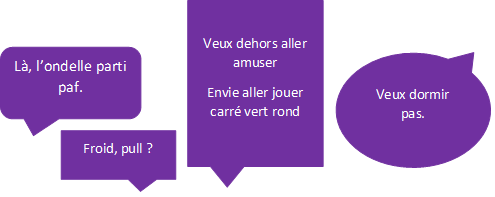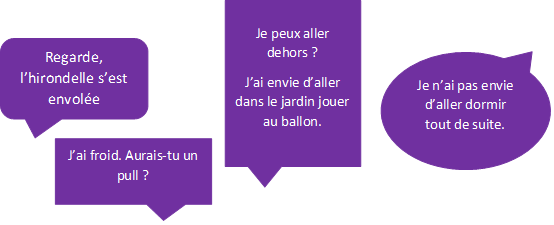Onhandiscute is the part of @talentEgal where every month we take a look at a different disability or illness. As part of our plan to raise awareness, in these articles, we’re giving you some background information on each of them.
In the same way as dyslexia and dyscalculia, another dys disorder, it is persistent and long-lasting.
But unlike dyslexia, which affects written language, and dyscalculia, which affects working with numbers, dysphasia is a disorder related to spoken language. How does this condition appear?
Children with dysphasia have trouble expressing themselves verbally, and this disorder, however severe, can affect:
– language comprehension;
– how they hear language sounds or produce them;
– which words come to them and syntax.
More specifically, people with dysphasia usually speak in very short sentences, as if they were reading a telegraph, using ‘catch-all’ words, whilst omitting pronouns and prepositions. They often use verbs in the infinitive, finding it difficult to get the right words out. They choose words that sound similar or that belong to the object they’re trying to describe, for example, using ‘wash’ instead of ‘watch’ or ‘vroom’ instead of the word for car.
Say what you see:

“There, the ‘wallow is woosh”, an example of the sentence structure used by someone with dysphasia.
And here’s what you were trying to say:

“Look, that swallow is flying away”, the grammatically correct sentence that the person with dysphasia was actually trying to say.
These are stark examples, even if some people with dysphasia can express themselves well.
According to estimates, 50% of people with dysphasia are also dyslexic, and this disorder is often an indication of future dyslexia. People living with dysphasia often struggle to read or understand the relationships between words. The disorder can also have repercussions when learning foreign languages.
Which do you think, between English, German, Spanish and Italian, would be the easiest language to learn for someone with dysphasia? Well… it’s the last three! Why? Because they’re ‘regular’ languages, where the sounds of words (phonemes) match the way they’re written down (the graphemes). The easiest to learn is Italian, with just 33 graphemes for 25 phonemes. On the other hand, English uses 40 phonemes for some 1,120 graphemes.
In a world where a great deal of communication is done verbally, a disorder limiting your ability to converse can be a real difficulty. But someone with dysphasia who has the proper support is someone who will learn to adapt. A child with dysphasia should be monitored closely by a speech-language therapist who can work with them on memory techniques, pronunciation and how to construct sentences properly. In this way, they multiply their chances of doing well at school and having a good career. With adapted teaching tools and proper stimulation, children with dysphasia can reach the same level of schooling as their classmates who don’t have dysphasia.
Source:
FFDys ; Inserm
